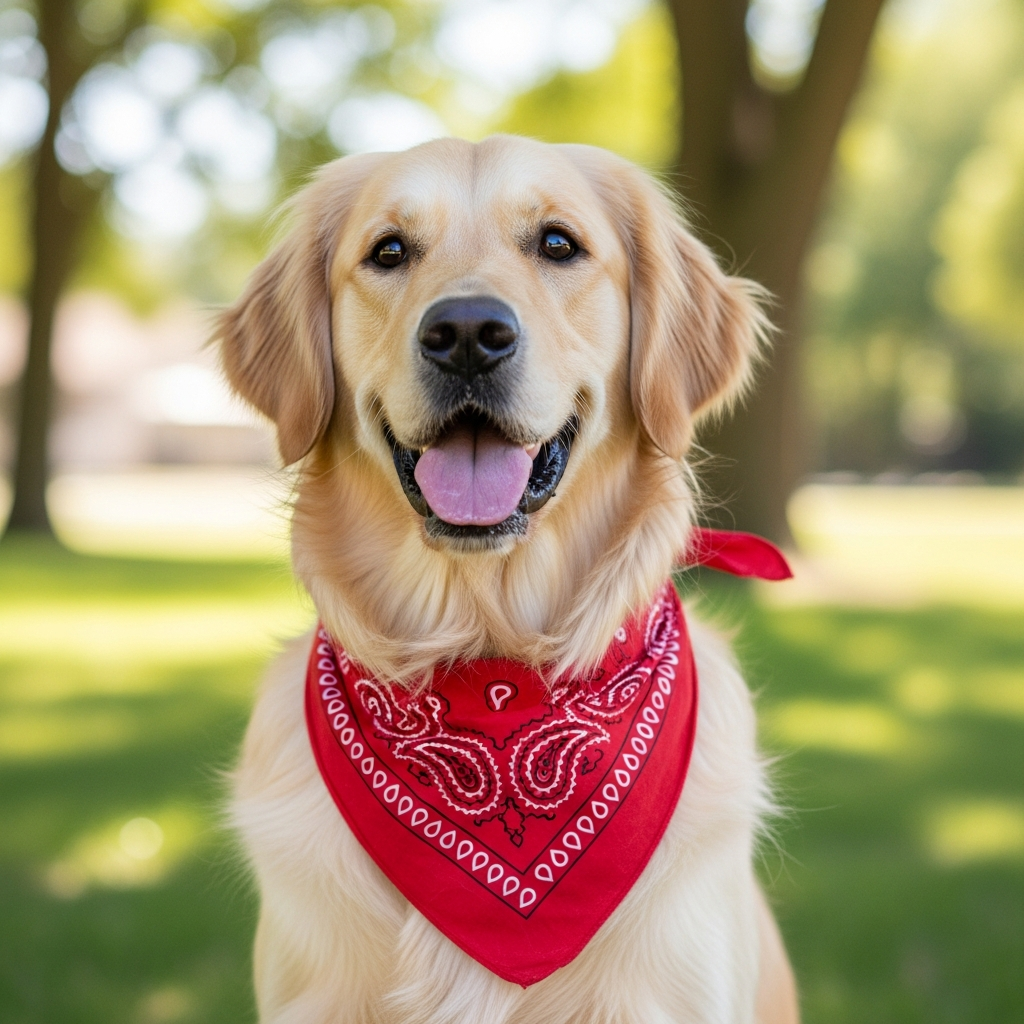Selecting the right gear for your furry friend is essential for their safety and your convenience, but it's easy to get confused about the purpose of a no-pull harness. While both traditional harnesses and no-pull harnesses are used for walking dogs, their functions and benefits are quite different. Understanding these distinctions is crucial for ensuring that you choose the best option for your pet. In this article, we'll delve into the critical differences and explore how no-pull harnesses work to help you make an informed decision for your canine companion.
What is a No-Pull Harness?
A no-pull harness is a specially designed dog harness that helps prevent a dog from pulling on the leash. It typically features a unique design with a front-clip attachment point, which is strategically positioned to redirect the dog’s movement when they pull forward. The goal is to make walking more enjoyable and manageable for both the dog and the handler by discouraging the pulling behavior and offering better control. These harnesses are especially useful for dogs that have not yet learned to walk on a loose leash.
The front-clip design allows the handler to have more control over the dog's movement. It works by turning the dog’s body toward the person walking them when they pull. Unlike traditional harnesses or collars, no-pull harnesses prevent the dog from charging ahead, as the harness redirects them back towards the handler’s side or chest.
How Do No-Pull Harnesses Work?
When a dog wearing a no-pull harness begins to pull on the leash, the front-clip attachment point causes the dog to be turned or redirected, making it more difficult for them to continue pulling. This redirection helps to discourage the dog from pulling and encourages them to walk without tension on the leash. Over time, consistent use of a no-pull harness can help train your dog to walk politely on a leash without pulling, making walks more enjoyable for both you and your pet.
How Does the Front Clip Work to Prevent Pulling?
The front-clip harness works by attaching the leash to a clip located on the dog's chest area, just behind the front legs. When the dog pulls forward on the leash, the pressure from the clip causes the dog to turn or twist toward the handler, rather than pulling ahead. This creates a natural redirection of the dog’s movement, making it harder for them to continue pulling in a straight line.
For example, imagine a dog pulling ahead on a leash. In a typical harness, the dog can continue to pull in a straight line, which reinforces the behavior. But with a front-clip no-pull harness, the dog is subtly turned sideways as the leash pulls on the chest, making it more difficult for them to keep pulling. This method is often effective because it uses the dog’s own motion and body position to correct the pulling behavior.
This redirection works because dogs naturally try to move in the direction that their body is facing. So, when they are redirected by the front-clip harness, they learn that pulling does not lead to forward progress. Instead, they are redirected, which gradually teaches them to stop pulling.
Is a No-Pull Harness Comfortable for My Dog?
Yes, a properly fitted no-pull harness is designed to be both safe and comfortable for your dog. Unlike traditional collars that put pressure on the neck and throat, a no-pull harness spreads the pressure evenly across the chest and back. This makes it a much safer option, especially for dogs that tend to pull hard on the leash or have respiratory issues, as it avoids putting any strain on the neck area.
Most no-pull harnesses are padded in key areas to ensure that they don’t chafe or cause discomfort. The even pressure distribution ensures that the dog feels comfortable during walks and that the harness doesn’t cause any pain, even if the dog pulls or tugs on the leash.
While the harness itself doesn’t cause discomfort, it’s important to make sure that it fits properly. A harness that is too loose may not be effective in preventing pulling, while one that is too tight can cause discomfort or even restrict the dog’s movement. The key is to find a well-fitted harness that sits comfortably without restricting the dog’s natural movement.
Additionally, no-pull harnesses come in various styles to accommodate different types of dogs, from small breeds to larger, stronger pullers. Some designs even offer additional features, like adjustable straps or reflective materials, which further enhance comfort and safety.
Can a No-Pull Harness Be Used for Training?
Yes, no-pull harnesses are often used as training tools to teach dogs to walk without pulling. When combined with proper training techniques, these harnesses can be a great way to help dogs learn to walk on a loose leash. The front-clip design helps by redirecting the dog when they try to pull, which reinforces the desired behavior of walking calmly at the handler’s side.
Training with a no-pull harness involves consistent use, along with positive reinforcement when the dog walks calmly. Over time, as the dog experiences less of the reward (forward progress) for pulling, they are likely to begin walking more calmly to avoid being redirected.
However, it’s important to note that a no-pull harness alone is not enough to completely train a dog. It should be part of a larger training plan, which may include rewarding calm behavior, using voice commands, and gradually weaning off the harness as the dog learns proper leash manners.
What Are the Benefits of Using a No-Pull Harness?
The primary benefit of using a no-pull harness is that it helps reduce pulling on walks, making them more enjoyable for both the dog and the handler. Some of the additional benefits include:
Prevention of neck injuries: Since the harness distributes pressure across the chest, it avoids causing strain or injury to the dog’s neck, making it especially helpful for dogs with respiratory or tracheal issues.
Better control: The harness provides the handler with more control over the dog's movement, especially when the dog is pulling hard or is reactive to distractions.
Improved walking behavior: With proper training and use of a no-pull harness, dogs can learn to walk calmly on a leash, making walks less stressful and more enjoyable.
In summary, no-pull harnesses are designed to discourage leash-pulling behavior in dogs by redirecting their forward momentum and promoting polite walking on a leash. Understanding how these harnesses work and their benefits can help you make an informed choice to improve your dog's walking experience and ensure their well-being.
Cindy Long is the Sales Manager of Raysunpets and a pet lover with over 12 years of experience in exporting pet products. She specializes in providing customized dog chest carriers, leashes and pet accessory solutions for the European and American markets, always focusing on the real needs of customers and pets, and is committed to creating high-quality, practical and comfortable products that allow fur kids to live happier lives.


